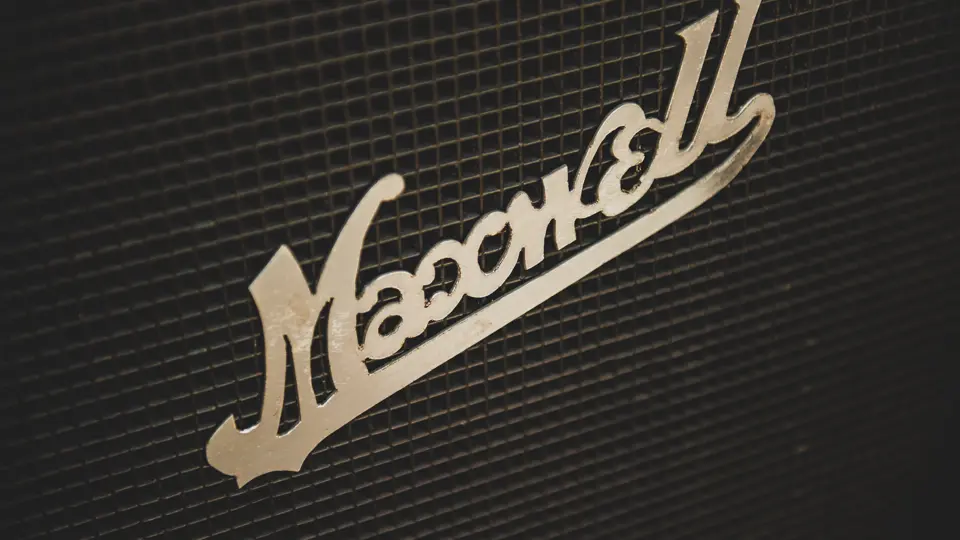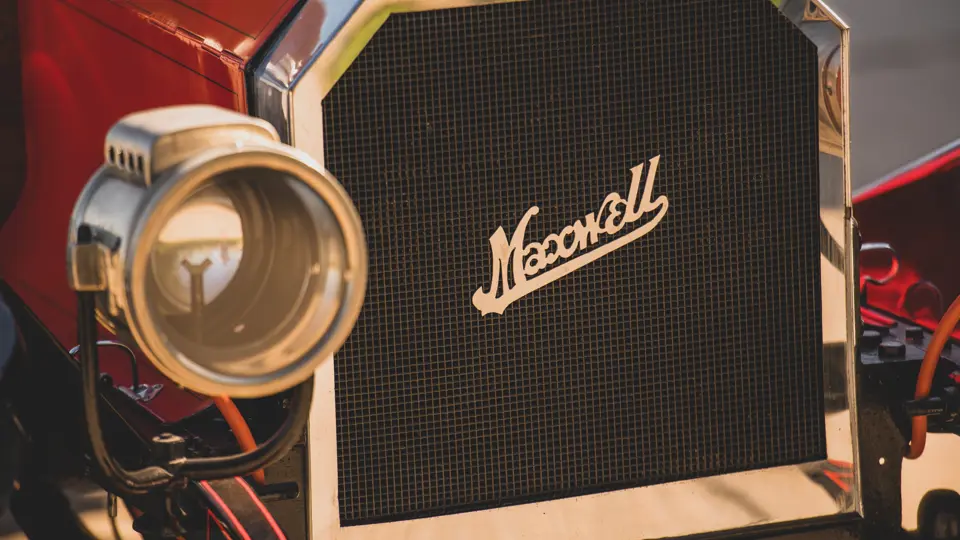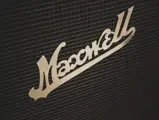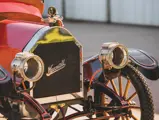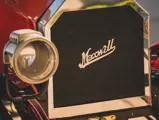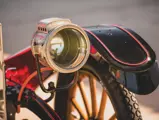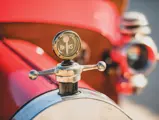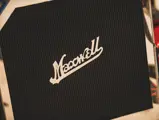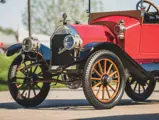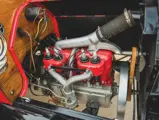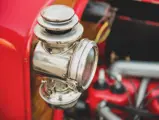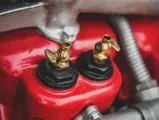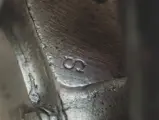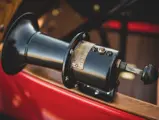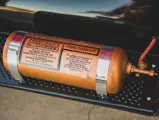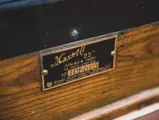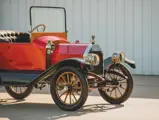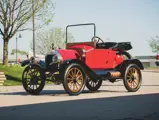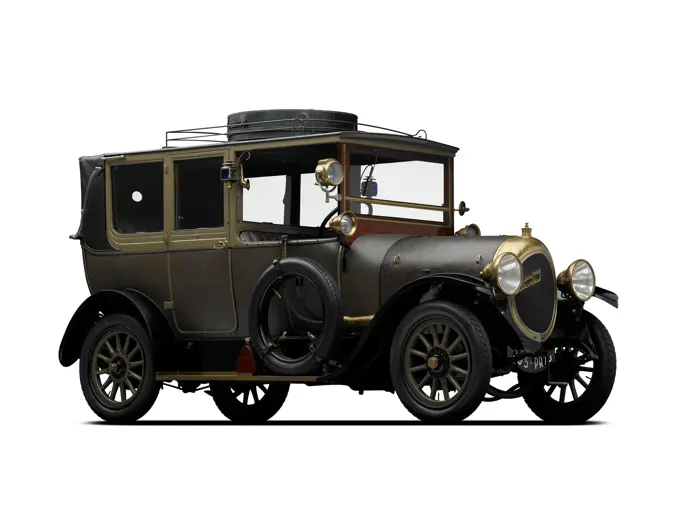By 1909 Maxwell had worked its way to third place in the U.S. auto industry, with sales of nearly 9,500 cars. That year, Alice Huyler Ramsey made history by being the first woman to drive coast to coast, with three other women aboard, in a Maxwell. Sales more than doubled in 1910. Turbulence was on the horizon, however. Benjamin Briscoe, a backer and partner of founder Jonathan Maxwell, decided to try to out-Durant Billy Durant. Briscoe launched the United States Motor Company to counter Durant’s nascent General Motors. The U.S.M.C. sought to combine Maxwell, Briscoe, Columbia, and, later, Stoddard-Dayton and Brush. By 1912, however, it had collapsed. Briscoe went off to try his hand, alone, at the Briscoe automobile.
Jonathan Maxwell, meanwhile, retreated from the Tarrytown, New York, former Mobile plant he and Briscoe had bought, to Detroit. He refined the design of the four-cylinder Maxwell Model Q to create the four-cylinder Model 22 and briefly added a six-cylinder variant. Maxwell finished up the ’teens placing in fourth to sixth place each year. A brief 1922 marriage to Chalmers foundered until Walter Chrysler took over in 1923. The last Maxwells wore a Chrysler badge.
This 1913 Maxwell Model 22 Roadster was purchased by the Merrick Auto Museum in 1999. Prior owners include Luke Dever of Terra Haute, Indiana. Red with black fenders, it has subtle red pinstriping on fenders and chassis components. The seat is upholstered in black buttoned leather, matching the lined leather top. The Maxwell No. 34 acetylene headlamps were made by the Knickerbocker Brass Goods Co. of New York City and are nickel-plated. Side and tail oil lamps are similarly nickel-plated. The radiator is proudly topped with a nickel dog-bone MotoMeter cap.
Judiciously jaunty, this Model 22 roadster is the epitome of an early Maxwell.

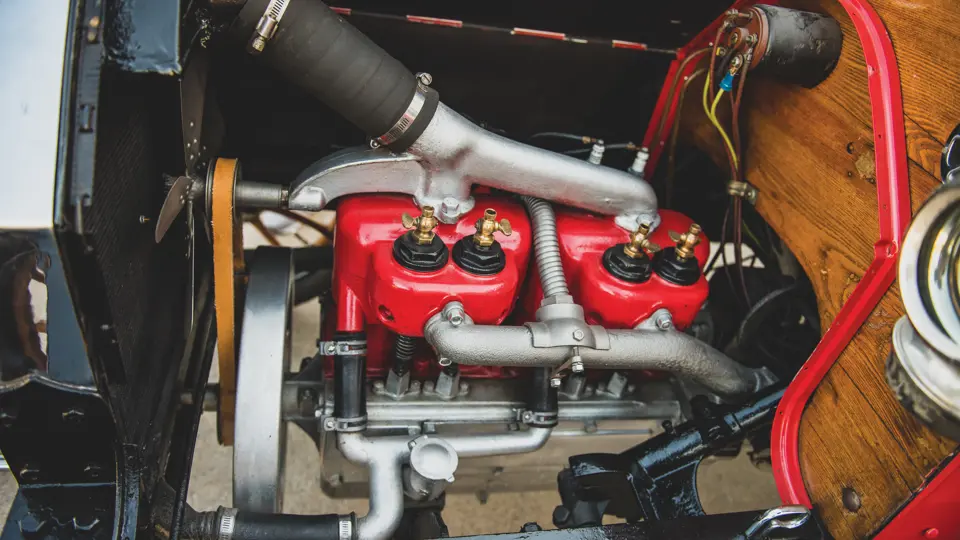


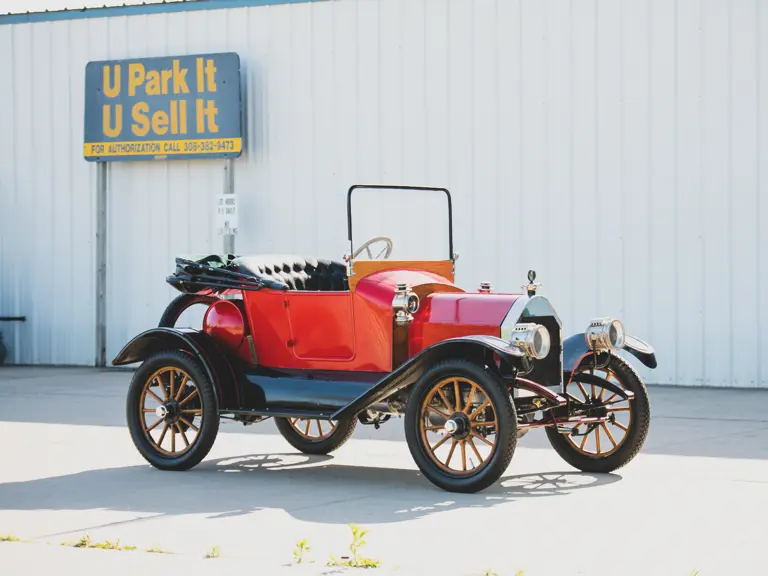
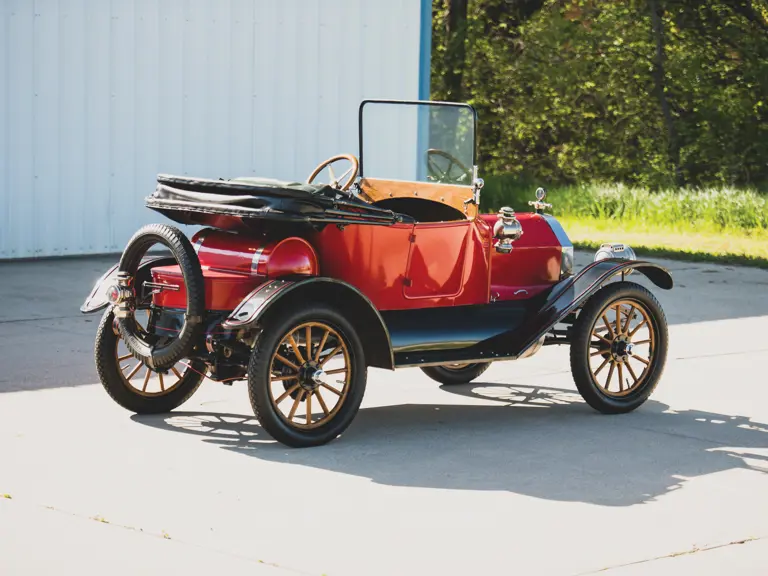
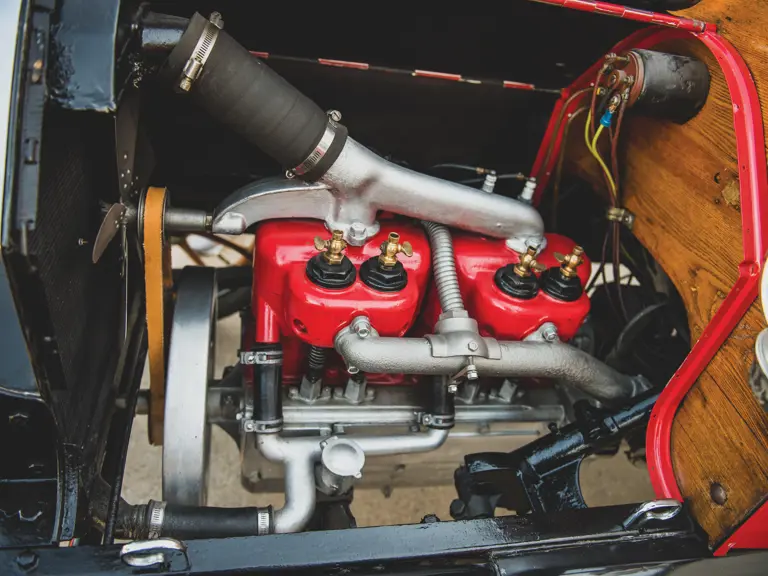

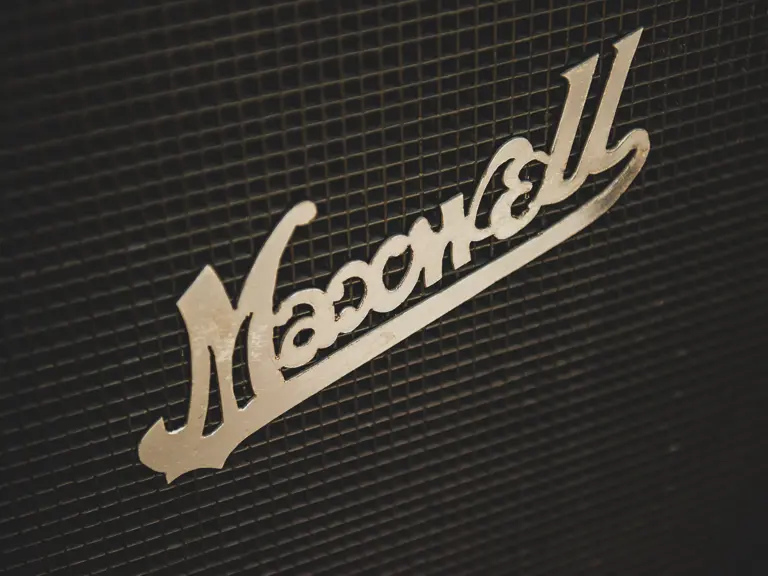
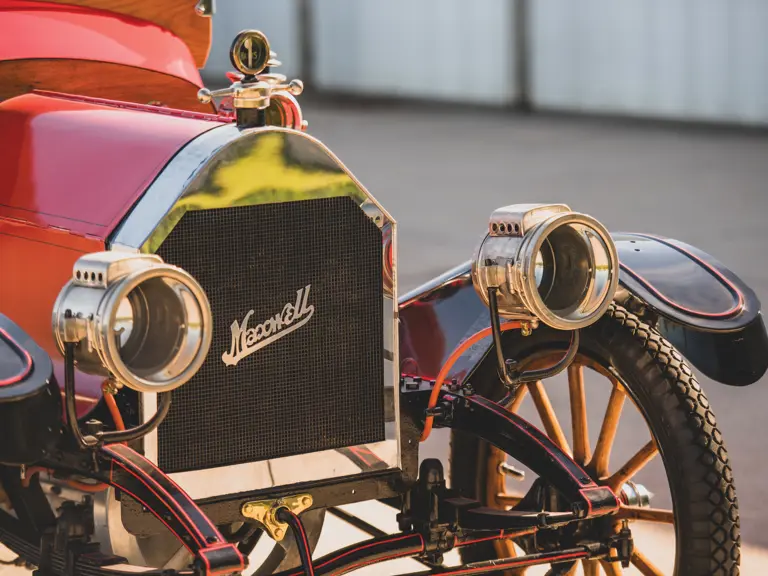
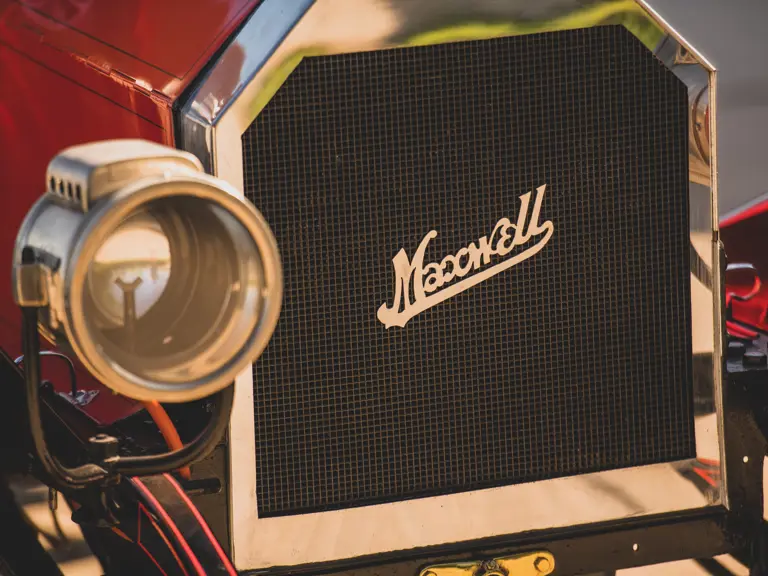
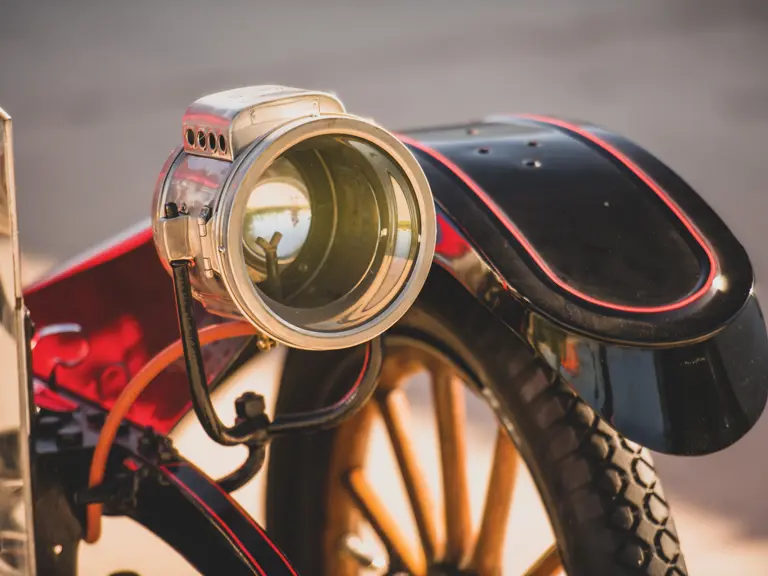
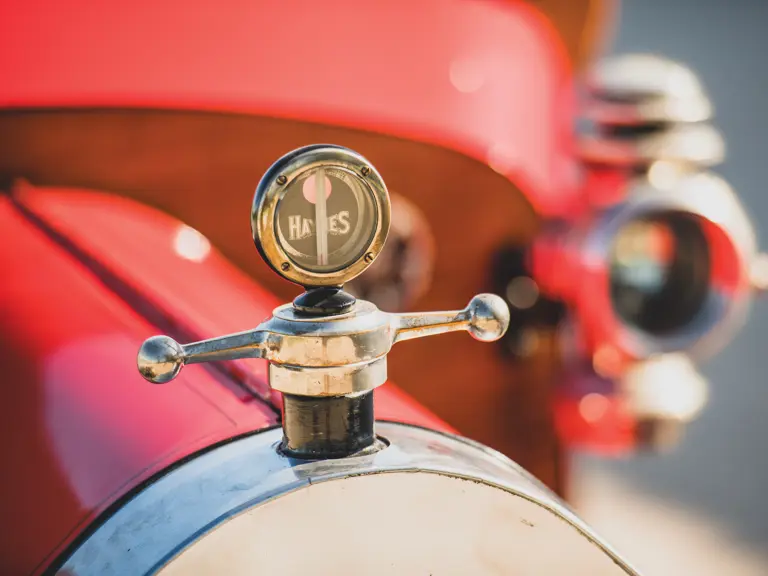
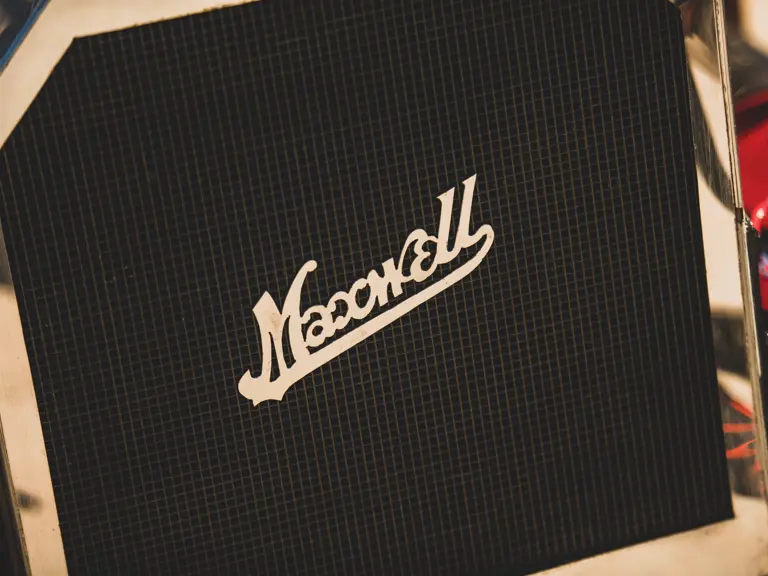
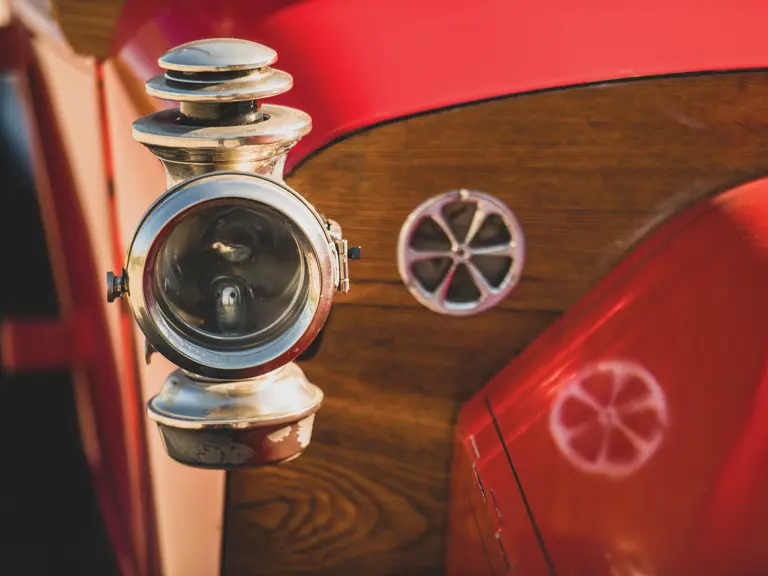
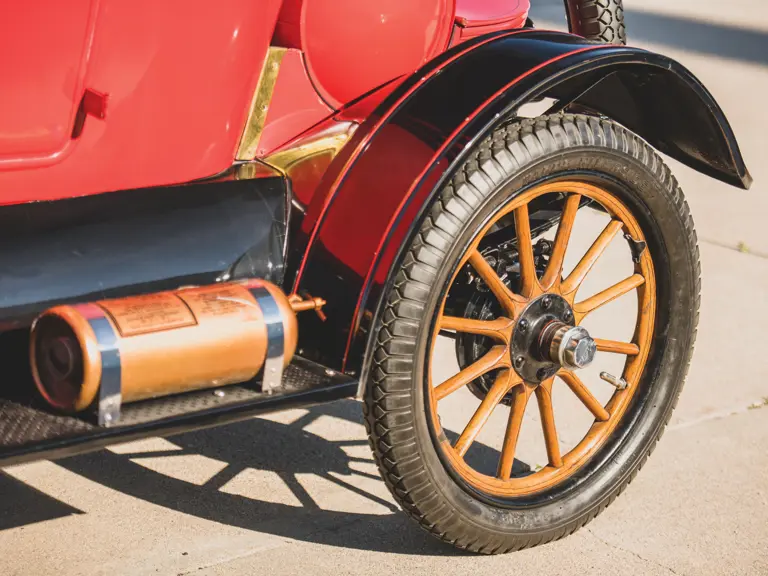
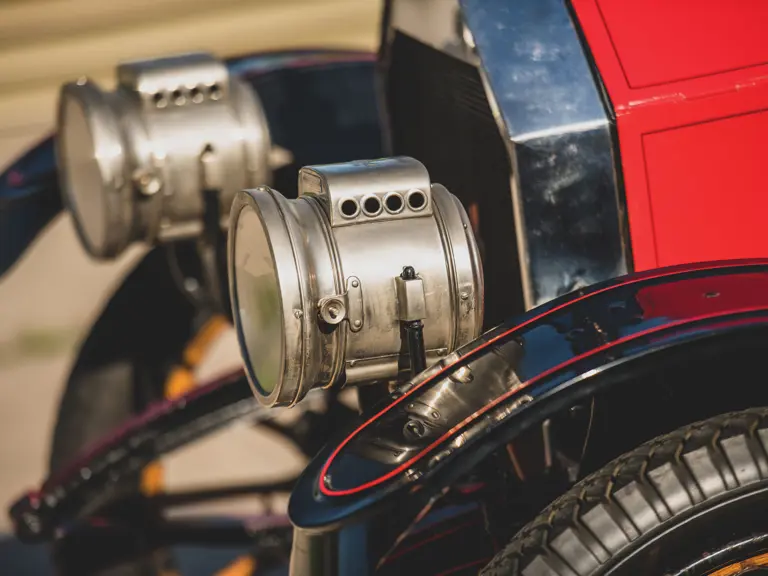
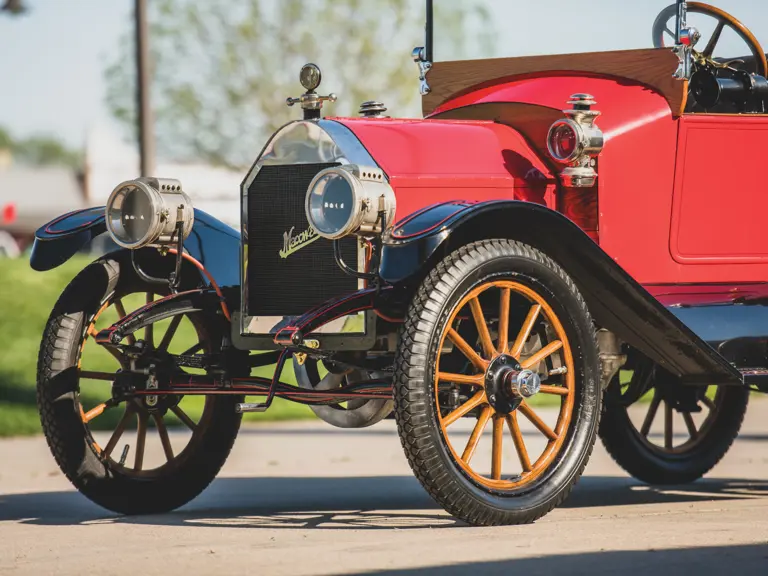

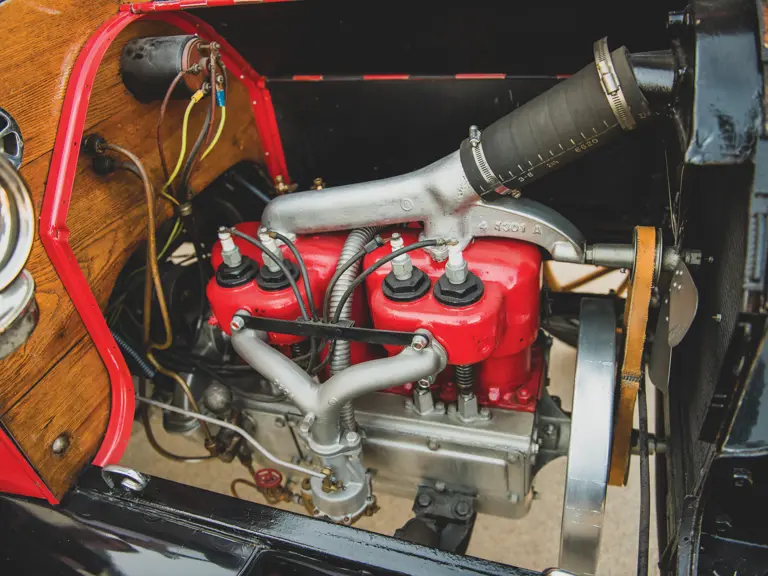
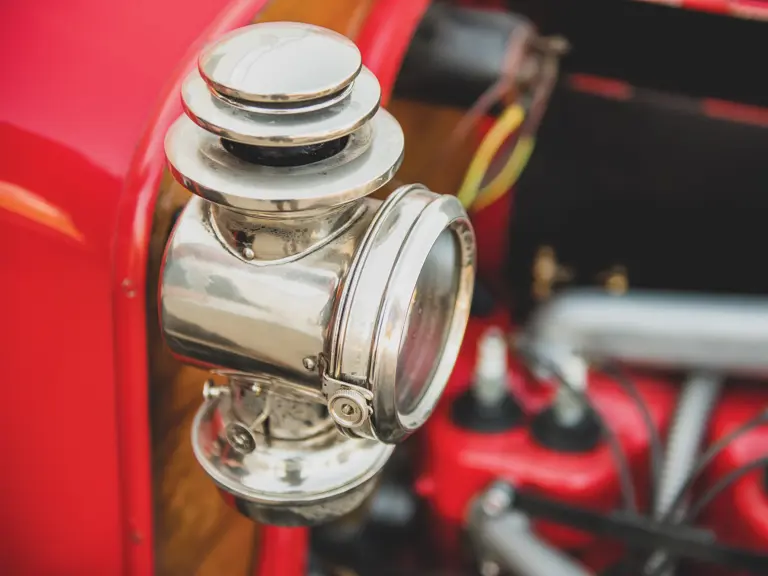
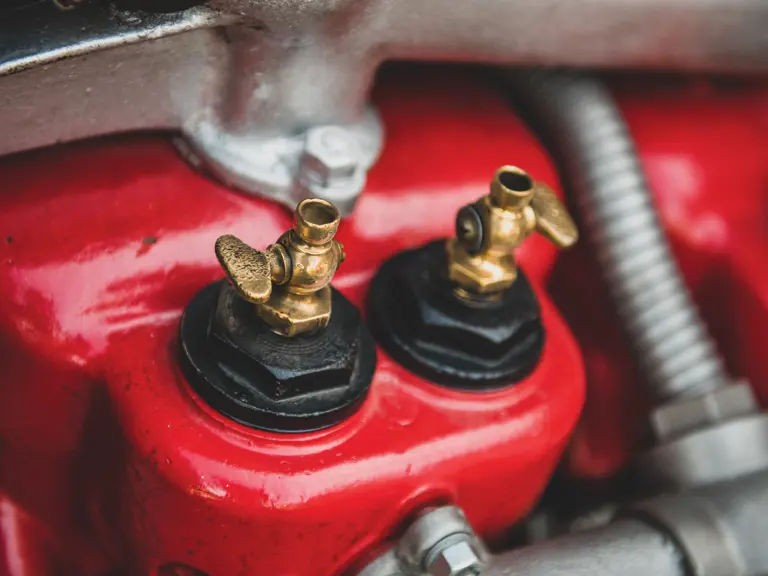
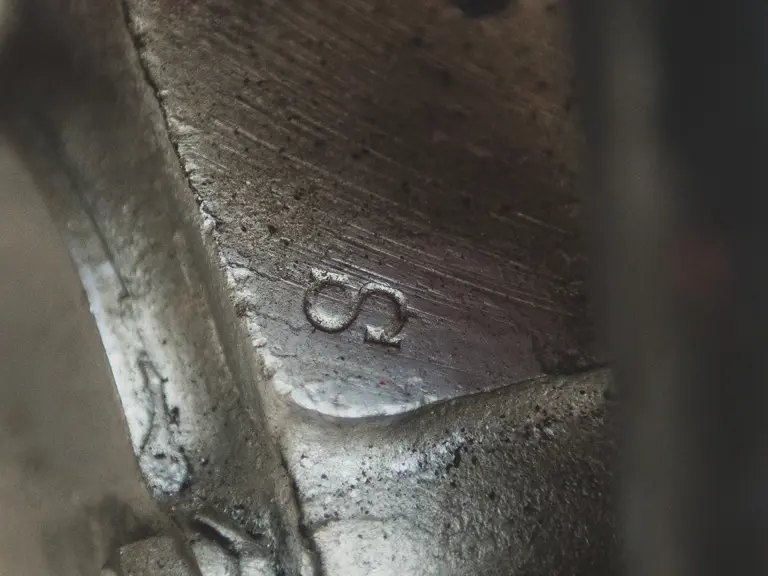


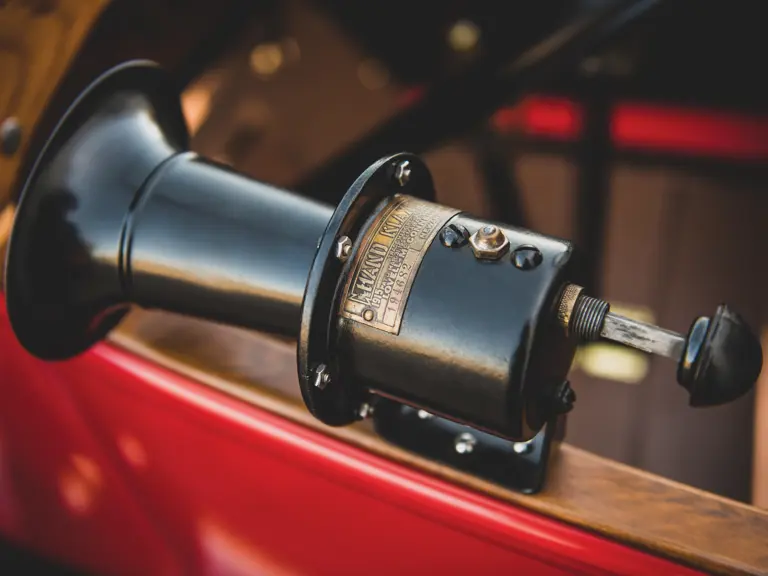

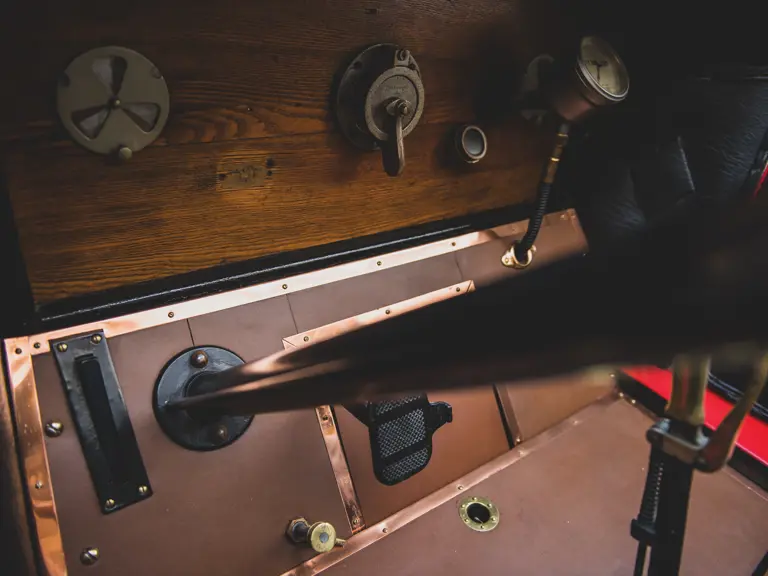
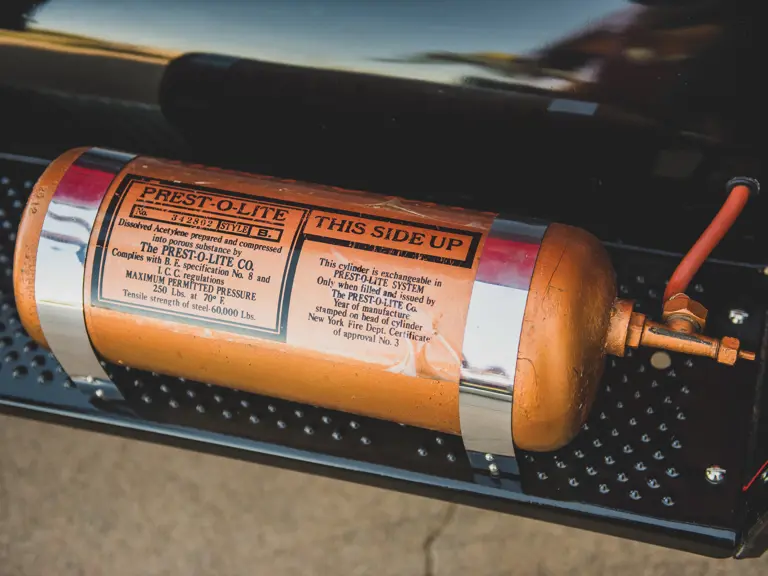
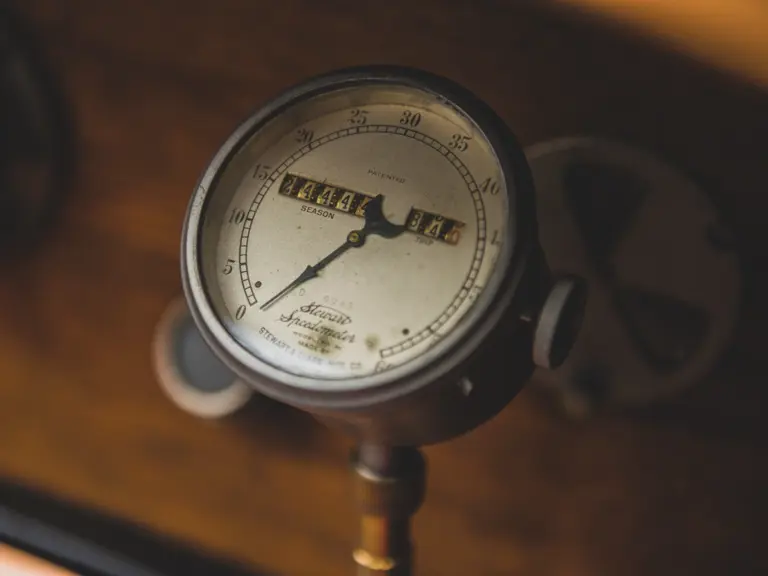
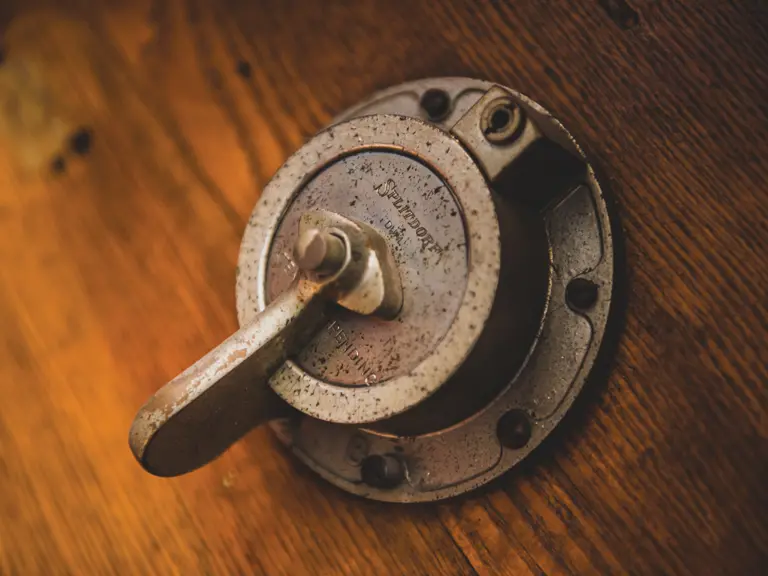
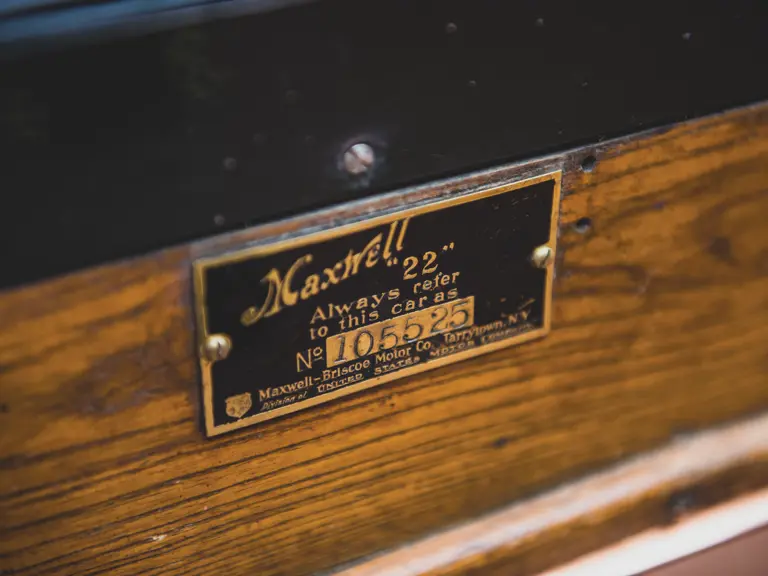
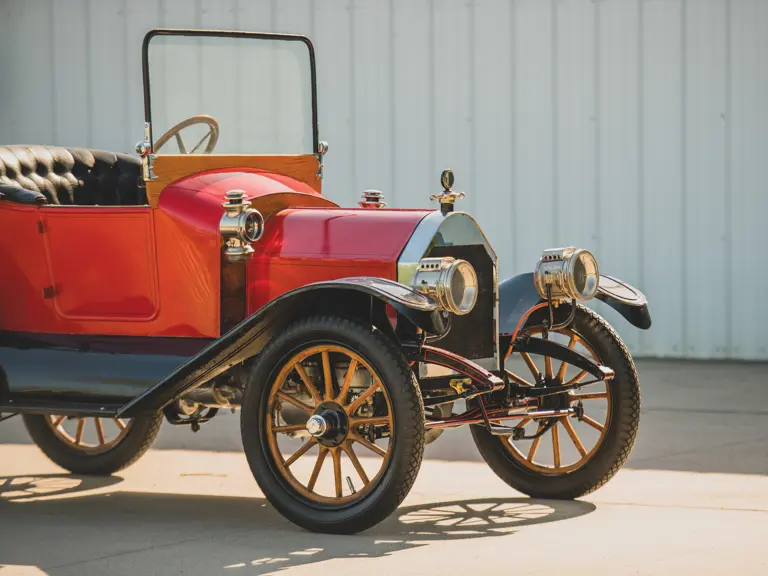


 | Hershey, Pennsylvania
| Hershey, Pennsylvania
